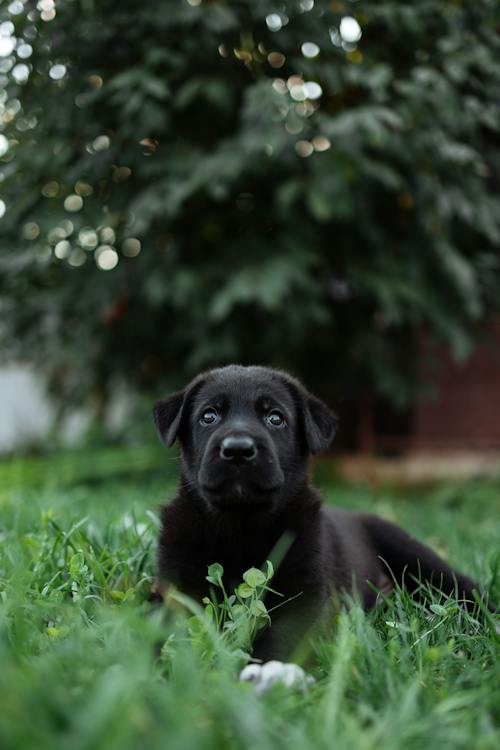Letting your dog roam your unfenced yard off-leash gives them freedom. But teaching boundaries prevents wandering beyond your property and into trouble. With positive reinforcement, dogs can learn where your yard’s perimeters lie and stay safely within the set limits.
The Importance of Boundary Training
Establishing clear regions of your yard or property your dog should remain in allows:
- Supervised off-leash time rather than constant tethering or crating
- Freedom and exercise while preventing unsafe roaming
- Peace of mind your dog won’t escape and ignore your call
- Responsiveness to come back inside when signaled
- Coexistence with neighbors without property intrusions
Think of it like creating an “invisible fence” through training cues rather than expensive underground wiring. Set your dog’s boundaries and they will not only learn them but respect them.

How to Train Boundaries Without a Fence
With consistency and clear communication, teach your dog the yard’s edges using:
Set up boundary markers – Use objects like flag stakes, pavers, potted plants, or yard art to delineate the perimeter of your approved zone. These visual markers signal locations.
Walk the boundary – Take your dog around the boundary on leash regularly, providing treats and praise when they stay in the zone near markers. Repeat it often.
Use a verbal cue – As your dog understands their boundary, add a verbal cue like “outside” or “backyard” when hitting the markers to label the approved area.
Reinforce often – Randomly practice the cue and frequently reward your dog for staying within the boundary, even during fetch or play. Keep sessions positive.
Use redirection – If your dog heads out of the boundary, prompt them to “come” back using high-value treats and praise. Do not chase or yell.
Limit distractions – Only practice with few stimuli like people or cars around at first. Slowly add difficulty.
Diligent shaping transforms the yard bounds into easily comprehended limits.
Troubleshooting Boundary Training Challenges
If your dog struggles learning yard boundaries, try these tips:
Increase food rewards – Find out what motivates your dog most to gain their focus. Deliver treats each time they do the right thing. Hungry dogs listen better.
Add an audible cue – Attach a bell to the physical boundary markers that jingles when contact is made. The significance will become clear.
Walk the perimeter on leash – Keep them near the exterior borders during initial training sessions and reward staying “in bounds” before trying off leash.
Use a long lead – Allow drag-line exploring at first so you can enforce limits gently with quick tug correction.
Limit distractions – New sights and sounds divert attention. Only practice when few triggers lurk outside your markers.
Stay upbeat – If your dog seems confused or blows off your cues, remain patient and take a break before trying again. Frustration inhibits learning.
With creativity and consistency, even stubborn boundary pushers will get on board.
Why Does My Dog Still Cross the Invisible Boundary?
If your dog understands but still leaves your approved zone, possible reasons include:
- Higher value reward like people or animals outside the boundary competing for their attention
- Distractions and stimuli become too challenging to ignore
- Boredom from spending excessive time alone in the yard with minimal enrichment
- Insufficient continued reinforcement for complying with limits
- Declining eyesight or hearing missing visual/auditory boundary cues
- Adolescent dogs regressively testing their limits and your patience
Manage these motivational factors and they’ll decide your yard offers all they need.
Using Boundary Training for Public Spaces
This technique adheres in any designated park, beach or trail off-leash area too.
- Note landmarks like benches, signs, or fencelines marking entry/exit points.
- Walk the perimeter teaching your dog those markers signal approved zones.
- Use a consistent verbal cue naming the space they should stay within.
- Reinforce recall and staying “in bounds” extremely well before going off leash.
- Closely supervise, only progressing to greater freedom when proofed. Keep areas low distraction initially.
Cross-over boundary training translates safely to any public space you want your pup to explore sans-leash as long as they respect clear limits.
Conclusion
With patient repetition and positive communication, you can teach your dog to comply with set physical boundaries guiding their safe exploration and play. Consistent reinforcement and redirection shapes their understanding. While supervision is still key, appropriate boundary training greatly expands your dog’s world within your comfort zone.



